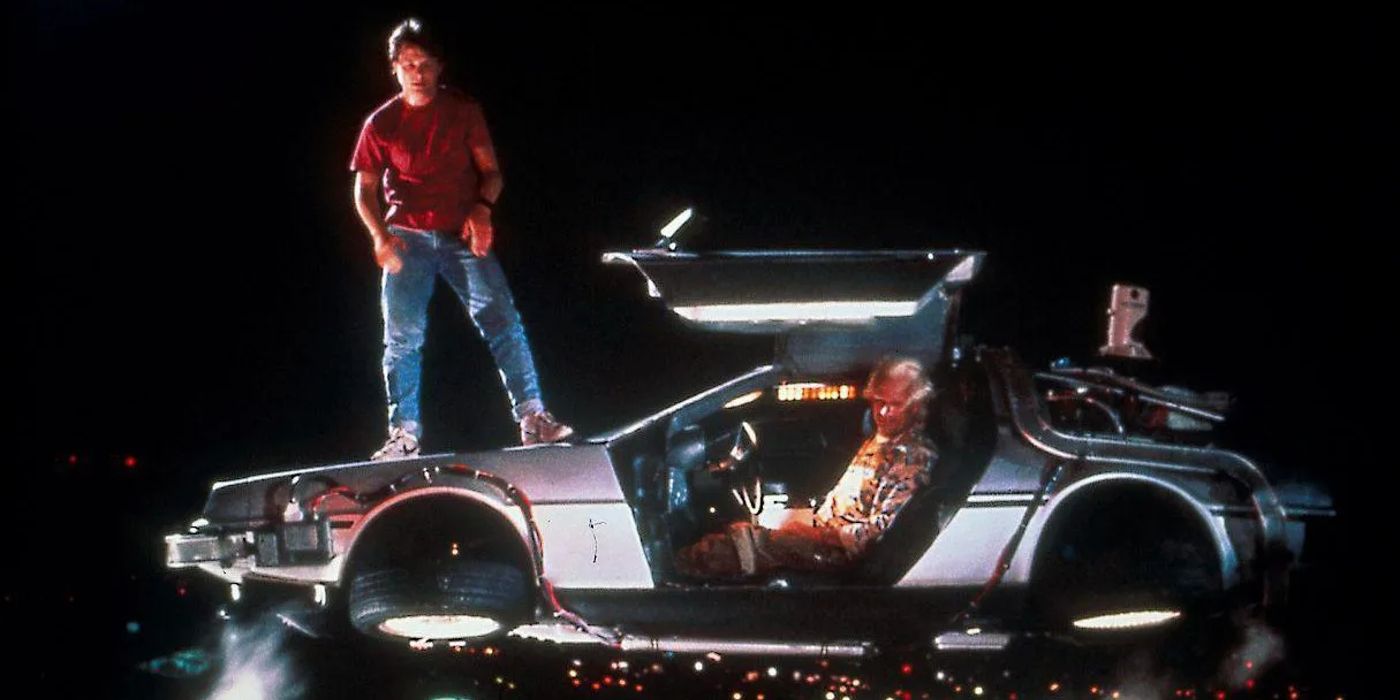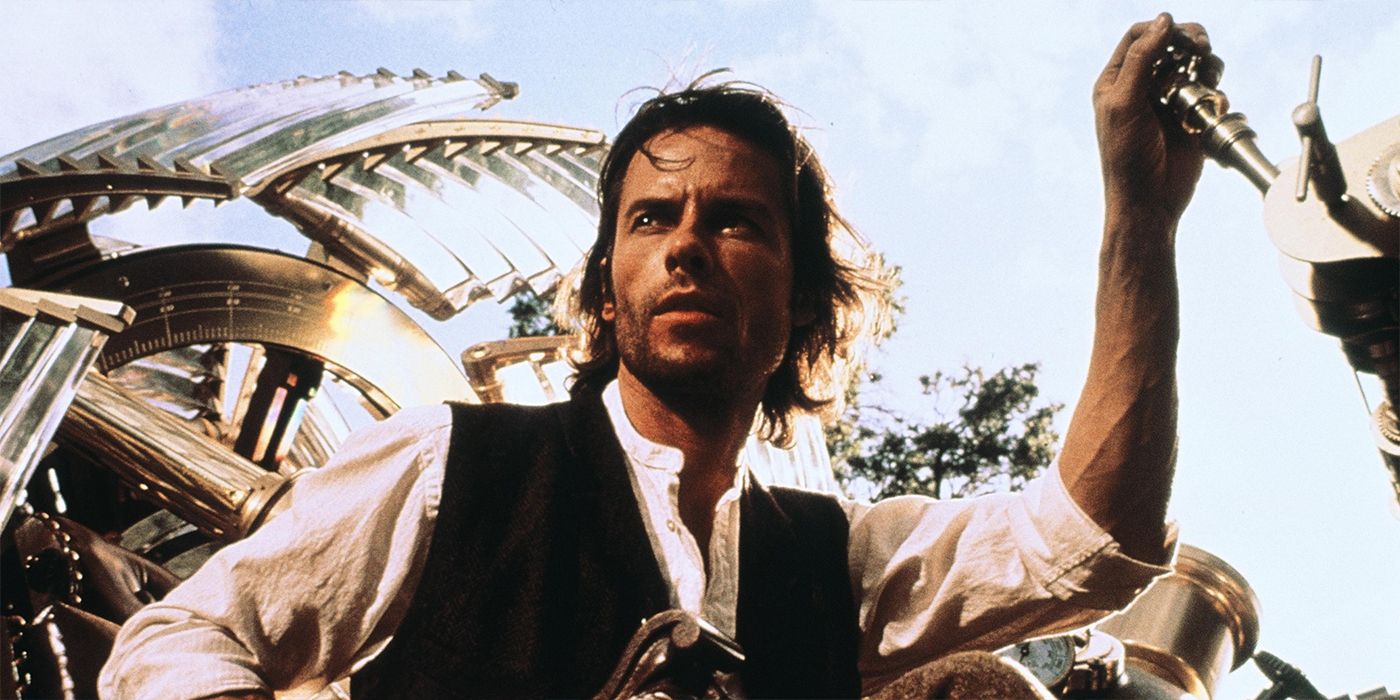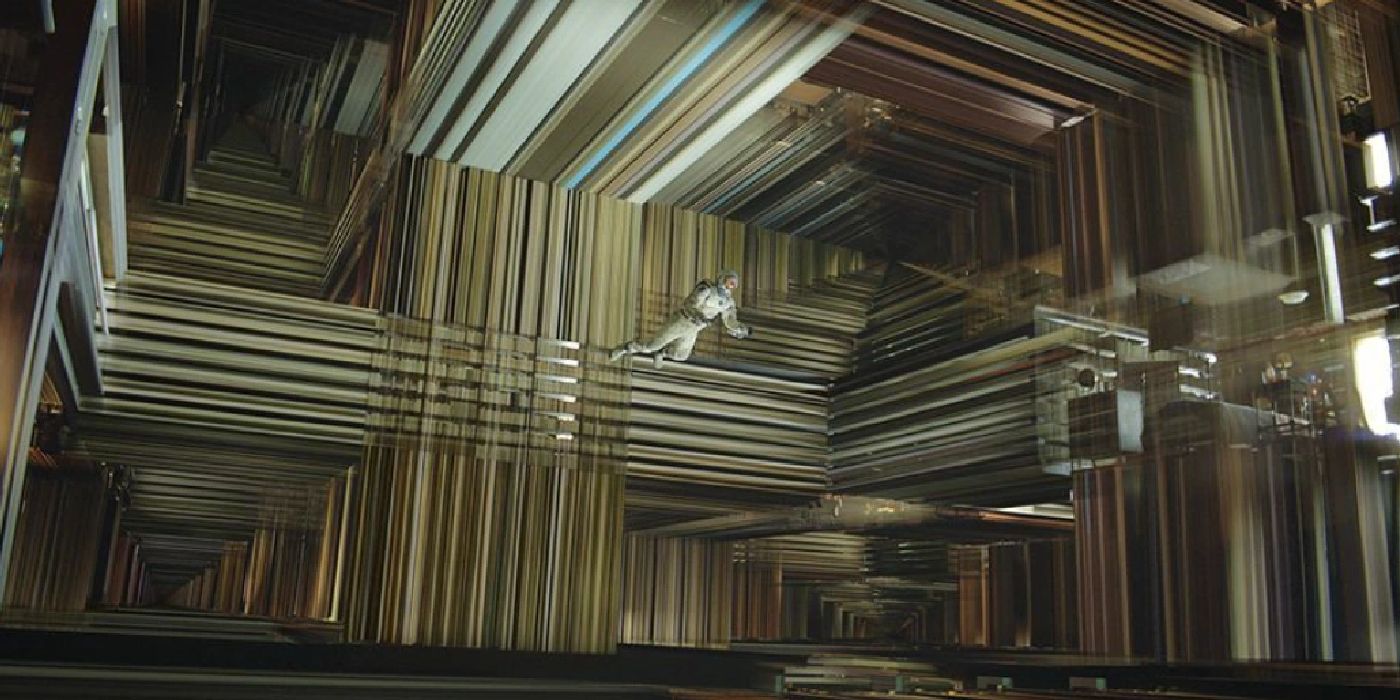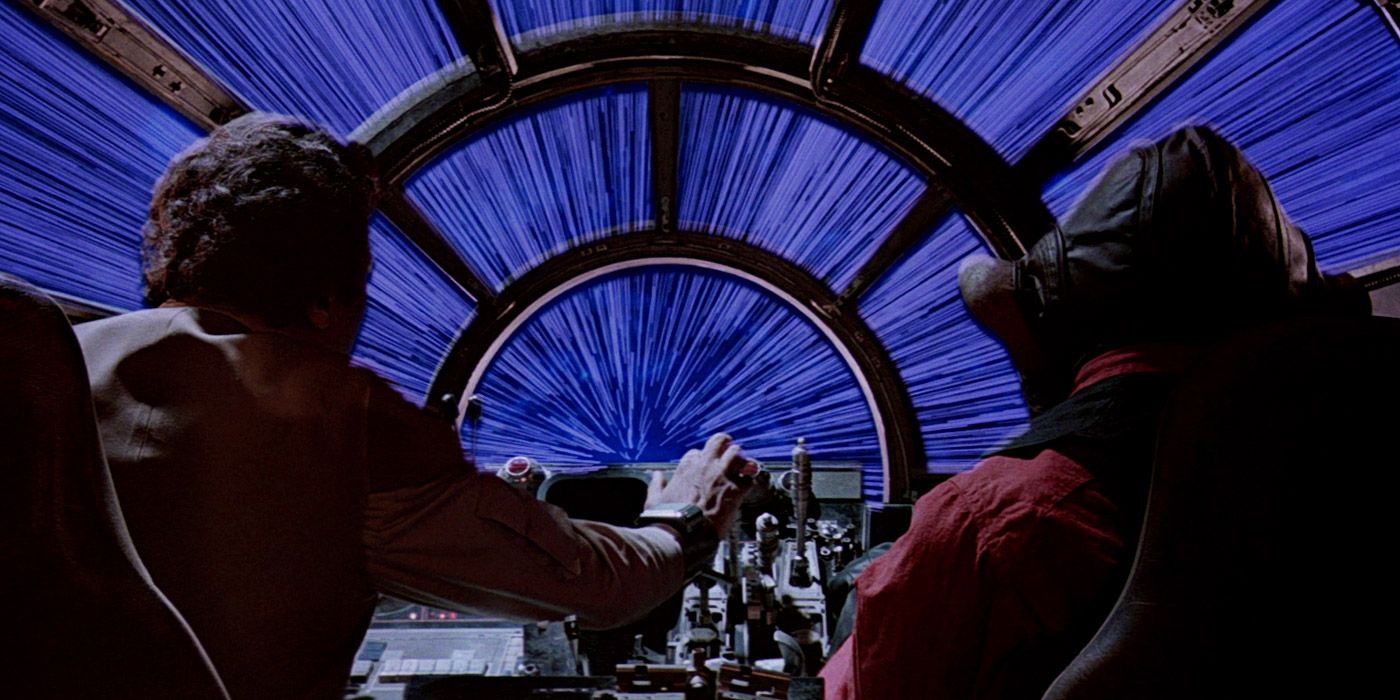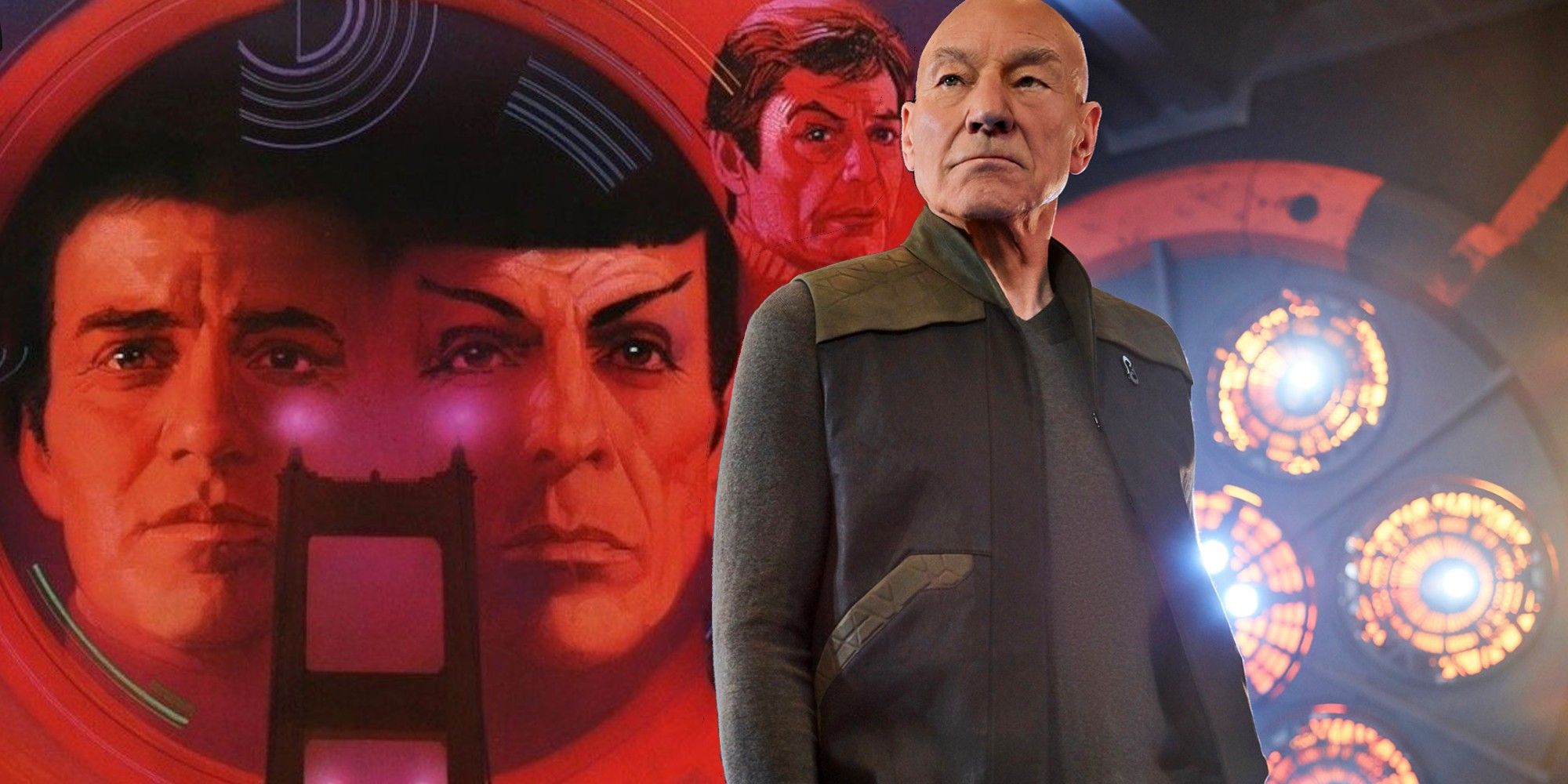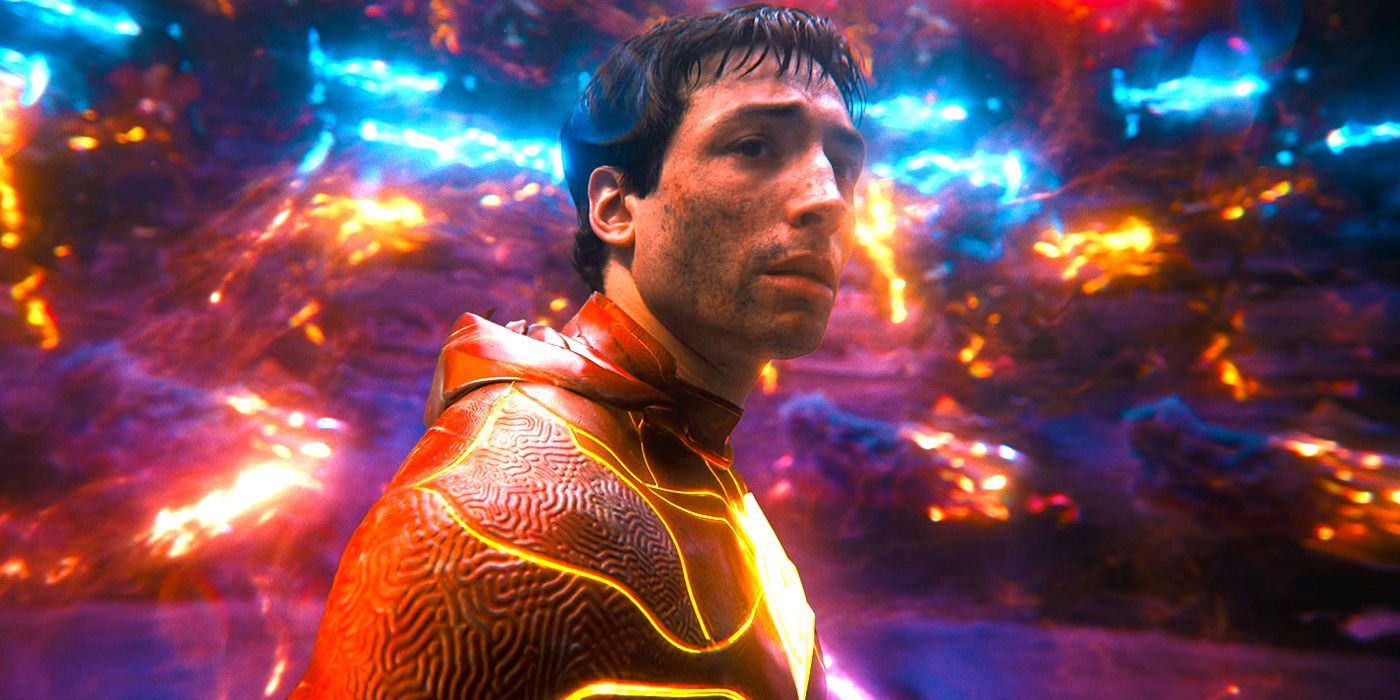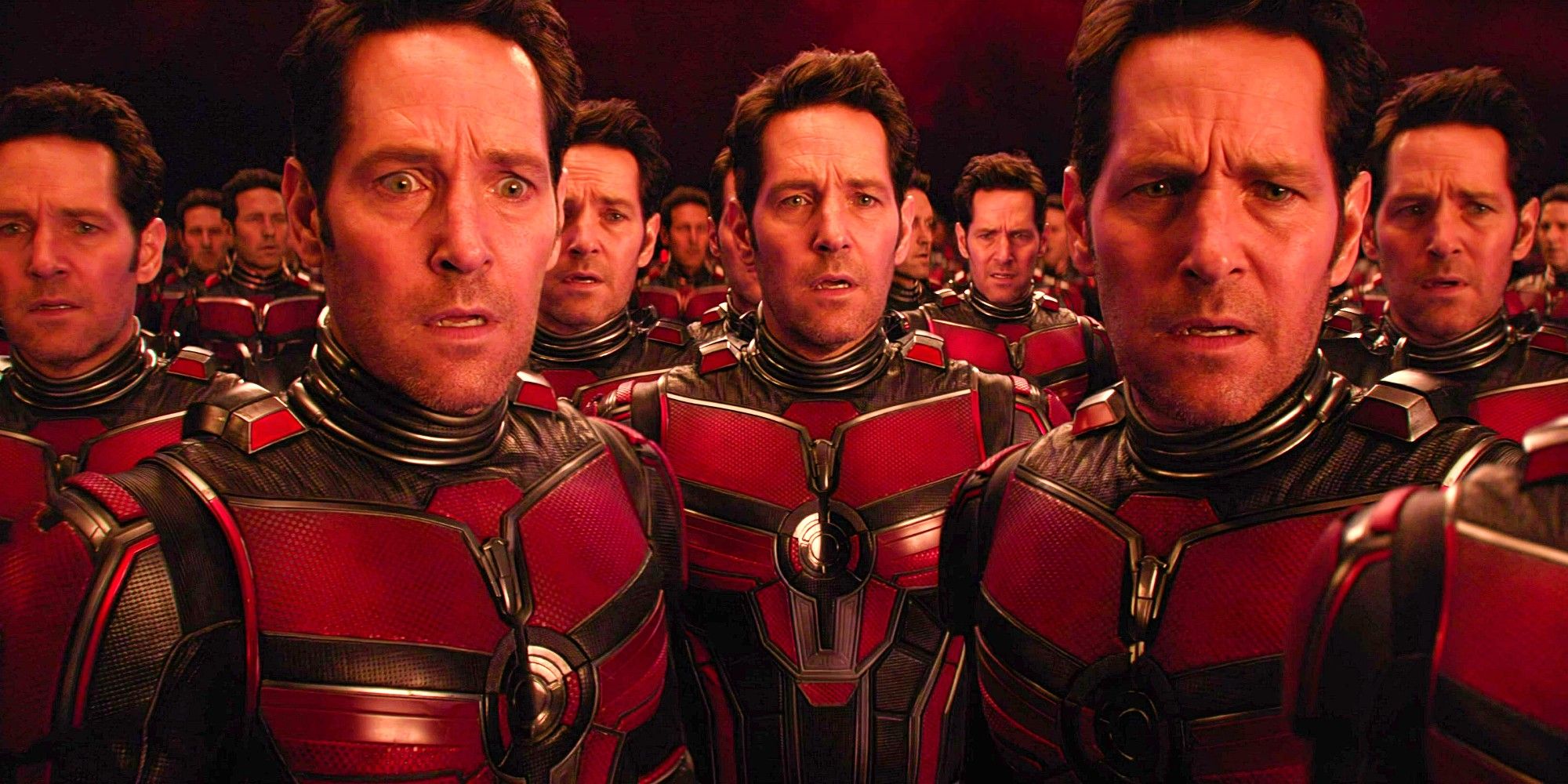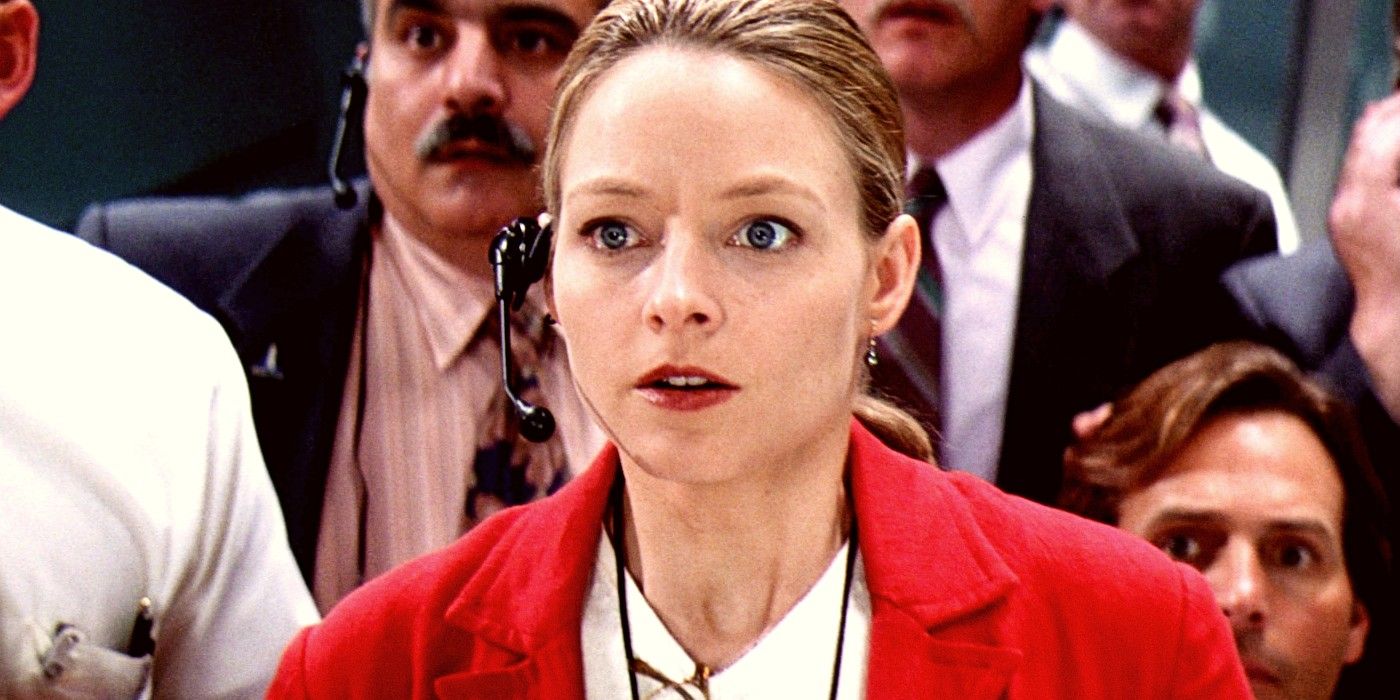Summary
- Time travel movies often ignore the relationship between time and space, failing to account for the inseparable variable of spacetime.
- Most movie time machines disregard the two theoretical methods of time travel: faster-than-light (FTL) travel and the use of wormholes or black holes.
- Time loops, although popular in movies, are more of a narrative twist than a scientifically plausible theory according to Stephen Hawking’s chronology protection conjecture.
While it may be one of the most popular ideas in science fiction, there are so many things that movies get wrong about time travel. There’s never been a real-world example of time travel — at least not one that’s been unanimously confirmed to be genuine by the international physics community. As it stands, time travel, as in the act of traveling to the past or at an accelerated rate to the future, remains in the realm of speculation. At the same time, scientific theories about time travel do account for its possibility.
There are time travel movies that actually make sense from a scientific perspective, but they are far outnumbered by the ones that don’t. This isn’t to say that the latter are necessarily terrible movies — even when the time travel elements don’t line up, it remains a powerful plot device that has given audiences some of the most compelling tales about the human condition. That being said, movies that get time travel right actually pave the way for audiences to better understand complex science. For audiences who want to understand the most popular trope in sci-fi a little better, it’s worth looking at what movies always get wrong about time travel.
10 The Separation Of Space & Time
Time travel movies don’t always account for the relationship between time and space. However, most scientists agree with Albert Einstein’s special theory of relativity, one of the core principles of which is that spacetime exists as an inseparable variable. This is often ignored by time travel movies. For instance, as Doc Brown’s time machine in Back to the Future only has coordinates for time, Marty wouldn’t have been transported to the same location where the DeLorean first worked. Instead, Marty would’ve ended up in the vacuum of space, as the Earth would’ve been in an entirely different location in the galaxy decades in the past.
9 How Time Machines Can Potentially Work
Physicists generally only take two theoretical time travel methods seriously: faster-than-light (FTL) travel and using wormholes or black holes. However, this is often disregarded by most movie time machines, the inner workings of which are typically left to the viewers’ imagination. This goes back to the 1895 H.G. Wells novel The Time Machine — credited with popularizing the idea of a machine that can allow a person to willingly go back or forward through time. As seen in the 2002 sci-fi movie of the same name, Wells’s device accounts neither for FTL nor the use of wormholes, which can also be said of the countless unexplained time machines in sci-fi.
8 Wormholes/Black Holes As Portals To Different Dimensions
In Interstellar, Cooper goes through a black hole and reaches a strange place where time is represented by compartmentalized rooms. Meanwhile, Event Horizon imagines how going through a wormhole can not only lead to Hell but also cause random echoes of the past. Theoretically, however, if wormholes exist — and if spacetime travel is possible through black holes — they are likely to lead to another defined point in spacetime. That said, even if the way black holes and wormholes work is one of the things movies always get wrong about time travel, the fantasy element of different dimensions does make for great cinema.
7 Time Loops Being Scientifically Plausible
Edge of Tomorrow, Looper, 12 Monkeys, Source Code, and Groundhog Day are just some of the movies that prominently feature time loops in their plots. The sheer popularity of time loops makes this one of the most common things movies get wrong about time travel. As Stephen Hawking explains in his chronology protection conjecture theory, “The laws of physics do not allow the appearance of closed timelike curves” (via Advancing Physics). Still, the time loop trope is more of a narrative twist on classic time travel than an actual scientific theory. They may be more implausible than time travel itself, but time loops remain effective storytelling devices.
6 Hyperdrive Not Accounting For Time Dilation
Based on theoretical warp drives, hyperdrive in the Star Wars films explains why FTL travel is possible in the galaxy. However, none of the Star Wars movies have ever accounted for how this can lead to time travel or time dilation. On one hand, as the Star Wars movies don’t involve time travel, it may have been proven impossible by FTL causing no time distortions. On the other hand, Star Wars Rebels’ World Between Worlds canonically confirms that time travel is possible. Moreover, as physics in Star Wars seems to work the same way as in the real world, FTL should at least cause noticeable time dilations.
5 The Existence of Tachyons
The Star Trek movies almost always link time travel events to the existence of tachyons, which in the real world are theoretical particles that only exist at FTL speeds, and are therefore potentially capable of time travel. The movie Land of the Lost also involves a “tachyon amplifier” that transports the user to a seemingly different point in space and time. While it’s fun to envision the existence of such particles, tachyons come solely from the imagination of physicist and popular science author Gerald Feinberg. There have also been no experiments that were able to prove the existence of tachyons in the real world.
4 Time Travel Not Existing Yet
Technically speaking, traveling through time at unusual speeds already happens. Astronauts and satellites in orbit are already traveling through time milliseconds slower than people on Earth because they’re moving at much faster speeds. Another example is how looking at stars through telescopes is technically a way of looking back in time — a result of light taking its time to travel through the vast distances between celestial bodies. Even for sci-fi movies that get time travel right, it’s very rare for such basic spacetime-related science facts to be addressed, even though they could significantly help viewers understand how time travel could be possible.
3 A Time Paradox Would Destroy The Universe
From The Flash and Back to the Future to Avengers: Endgame, scientists from movies that break their own time travel rules have warned would-be time travelers of the infinite dangers of changing the spacetime continuum — at the peak of which is destroying the universe itself. Much like time loops or any other paradox involving temporal distortion, there is no real theory, even in quantum physics, that points to paradoxes causing such apocalyptic effects. Time paradoxes and their devastating effects are more creative thought experiments, not concepts supported by science.
2 FTL Travel Involving A Different Physical Plane Of Reality
Most versions of FTL travel involve a realm where time is a bit wonky — like hyperspace in Star Wars, the mycelial network in Star Trek, or the Quantum Realm in the MCU. They turn the “road” of time travel into a different physical plane of existence. However, this suggests that time travel is possible only in a different dimension with different physical rules, even though these movies seemingly have similar physics as the real world. While FTL travel can theoretically transport someone backward through spacetime, there are no theories that support how traveling FTL can somehow lead to a different reality outside the known universe.
1 People Inexplicably Surviving FTL Speeds
Even critically acclaimed movies like Interstellar and Contact fail to explain how people traveling FTL — over 670,000,000 miles per hour — survive the acceleration. While time travel through FTL is theoretically possible, what’s impossible is humans inexplicably surviving the g-forces caused by accelerating to FTL speeds in seconds. Modern jet planes that accelerate to over 4,000 mph in less than a minute subject fighter pilots to around 6 to 9 g-forces, and they’re able to remain conscious only with the help of specialized training and suits. Scientifically, the g-forces of accelerating to FTL speeds wouldn’t just cause travelers to faint or have strokes but would completely destroy their machines.
